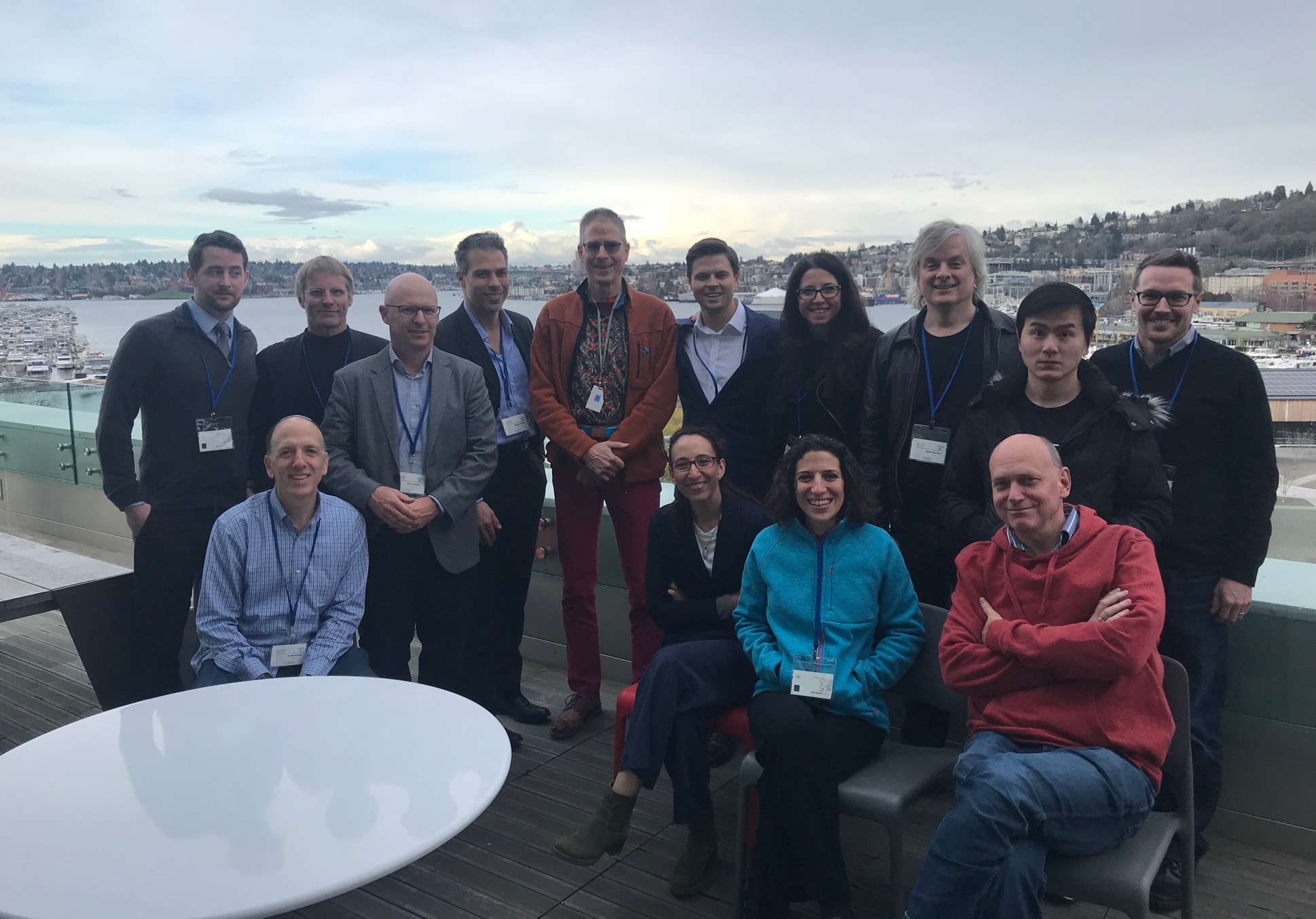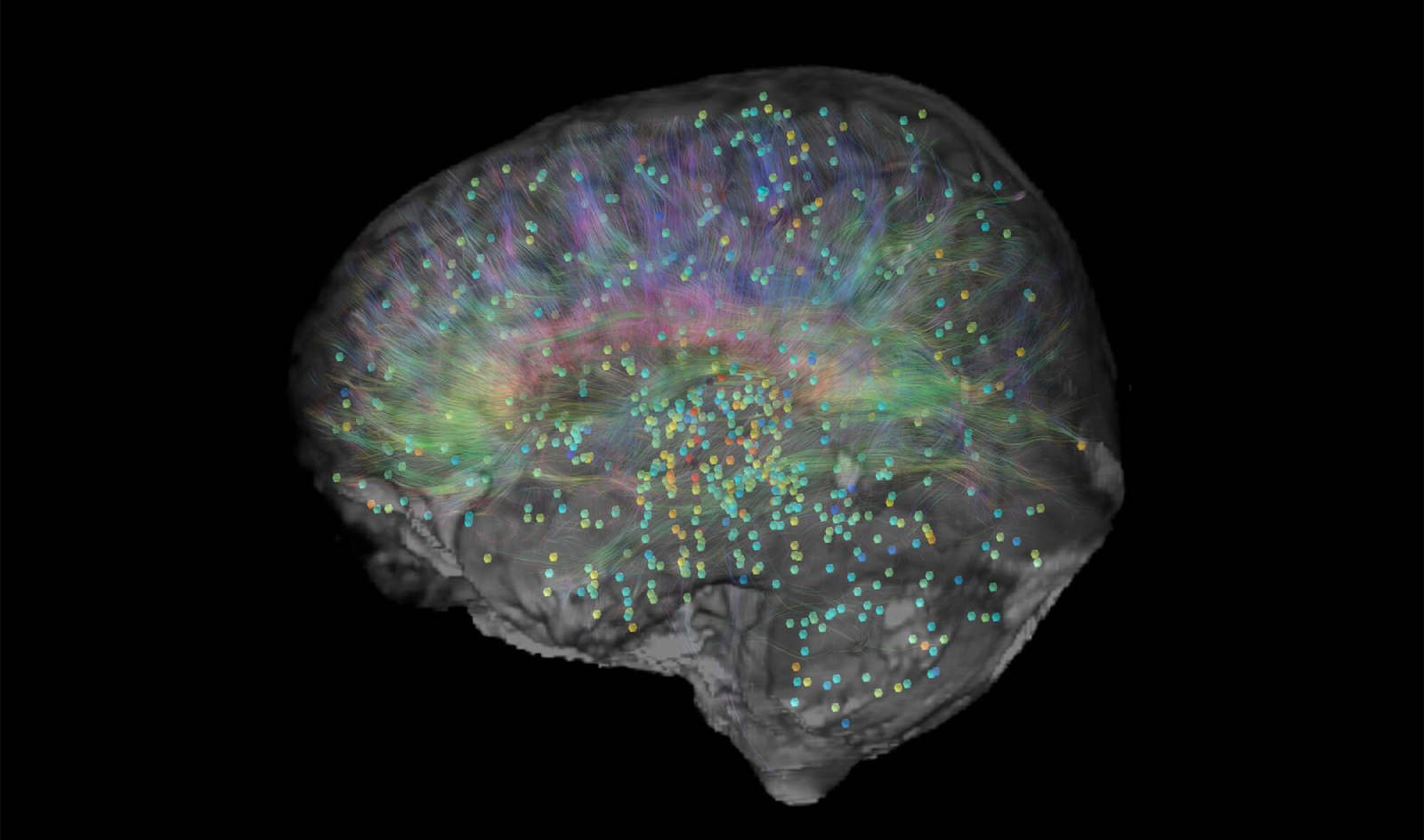No Clear Winner: 7-Year Brain Study Tests Rival Theories of Consciousness
A global team of researchers has carried out what may be the most ambitious attempt yet to test two of the most influential theories of consciousness: Integrated Information Theory (IIT) and Global Neuronal Workspace Theory (GNWT). Published today in Nature, the study used multiple brain imaging techniques to monitor what happens in the brain when people consciously perceive images.
The research was carried out by the Cogitate Consortium, an international collaboration involving teams from the Allen Institute, University of Sussex, NYU, Charité Berlin, Caltech, and others.
The project traces back to a 2018 Allen Institute workshop where rival groups agreed to design a single, shared experiment; planning followed that year, data collection began in 2019, and analysis ran through 2024 before today’s release.
The Setup: Testing Competing Ideas
The study was notable not only for its size—256 participants—but also for its effort to reduce bias. Predictions were preregistered, theory advocates were separated from the data analysis teams, and the experiment was run across multiple labs using fMRI, MEG, and intracranial EEG. This design aimed to reduce the chance that results could be attributed to a specific method or team.
The project used an "adversarial collaboration" format. Rather than debate in theory, supporters of IIT and GNWT worked together with independent scientists to design and pre-register specific predictions that could support (or contradict) their respective views. Because both sides agreed in advance on pass–fail criteria, post-hoc reinterpretation was minimised; the authors note this approach is still rare in neuroscience.

Photo taken at the Allen Institute in 2018 during the workshop that launched a series of adversarial collaborations on the science of consciousness. Christof Koch, a key figure in the project, is at center wearing a vermilion fleece jacket. (Allen Institute photo)
Both theories agree that conscious experience requires some form of global coordination in the brain. But they differ on where and how this happens:
- IIT (the "back-brain theory") argues that consciousness emerges from complex feedback loops mainly in the back of the brain—specifically, a “hot zone” in the temporo-parietal-occipital cortex where visual, spatial, and sensory information converge.
- GNWT (the "front-brain theory"), on the other hand, posits that the prefrontal cortex (PFC)—the brain’s front region responsible for attention, decision-making, and planning—acts as a broadcasting system. According to this model, when information becomes conscious, it triggers a brief, system-wide burst of activity known as an "ignition", especially in the PFC.
The Experiments: Visual Perception Under the Microscope
Researchers showed participants images from four categories (faces, objects, letters, and meaningless symbols) each varying in orientation and shown for 0.5 to 1.5 seconds. Importantly, participants had to identify occasional target images, but most images were irrelevant to the task, helping researchers separate neural signals related to conscious perception from those related to decision-making or motor response.

Image generated by the Informatics team at the Allen Institute. The gray background shows a 3D rendering of MRI brain data; the colorful lines trace neural pathways from DTI scans, and the dots mark sampling sites used for microarray analysis.
The scientists asked: which parts of the brain carry the actual content of what we consciously see—and for how long?
Key Findings
Working in an explicitly falsification‑first spirit (inspired by Imre Lakatos), the Cogitate team treated every failed prediction as a more diagnostic data‑point than a success.
- They found that what people saw—faces versus objects—was robustly encoded in posterior visual + ventro‑temporal areas for the full duration of each stimulus, whereas lower‑level details such as face orientation flashed up briefly and then faded.
- In pre‑frontal cortex, activity showed a strong onset burst but the offset “ignition” predicted by the Global Neuronal Workspace Theory (GNWT) never materialised, and detailed features (like orientation) were mostly absent.
- Pooling pre‑frontal signals into the classifiers did not raise—and sometimes slightly lowered—decoding accuracy, again undercutting the idea that PFC is the seat of visual content.
- Exploratory connectivity analyses did reveal momentary, low‑frequency links between sensory and frontal nodes, hinting that PFC may still gate or amplify conscious access, but those transients were too brief and inconsistent to satisfy GNWT’s core anatomical claim.
Overall, the data support Integrated Information Theory’s emphasis on a posterior “hot zone” for representing visual content, while leaving PFC with, at most, a supervisory or broadcast role.
Who's Right?
Neither theory passed all the tests. Some predictions held up under certain conditions, but many were not supported. For example, IIT correctly anticipated where information would be decoded but failed to show the predicted patterns of sustained internal connectivity. GNWT’s key predictions about brief prefrontal "ignitions" fell short, especially when it came to maintaining awareness over time.
One notable result: identity information (and, apart from that tentative MEG trace, orientation) was absent from prefrontal cortex signals, even though both features were present in participants’ conscious experience.
A parallel animal-model adversarial collaboration is already under way, aimed at single-neuron recordings that cannot be obtained in healthy humans. The consortium also calls for a quantitative framework to integrate multi-modal results across labs, arguing that such tools remain a bottleneck for future theory tests.
A New Model for Scientific Disagreement
As a registered, collaborative head-to-head comparison, the study’s structure could serve as a model for other complex scientific debates. By specifying in advance what outcomes would support or refute each theory, the researchers tried to reduce bias and avoid cherry-picking results. The authors emphasize that while no theory “won”, the process yielded rare empirical clarity. It showed where and how existing theories break down—and what kinds of data future models need to explain (see also Liz Dueweke’s write-up on the Allen Institute’s website.).
Beyond academic theory, understanding the neural basis of consciousness has real-world implications. One area of interest: patients with severe brain injuries. A better grasp of how the brain encodes conscious perception might help detect so-called "covert consciousness" in patients who appear unresponsive but may retain awareness.
Topics: Bioeconomy & Society